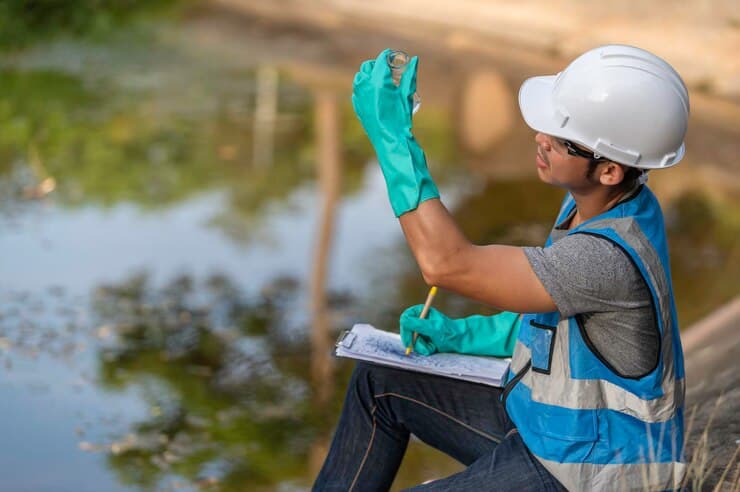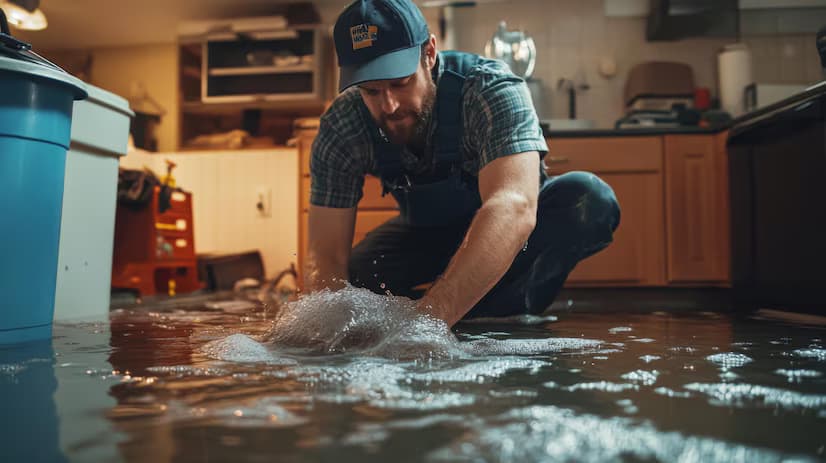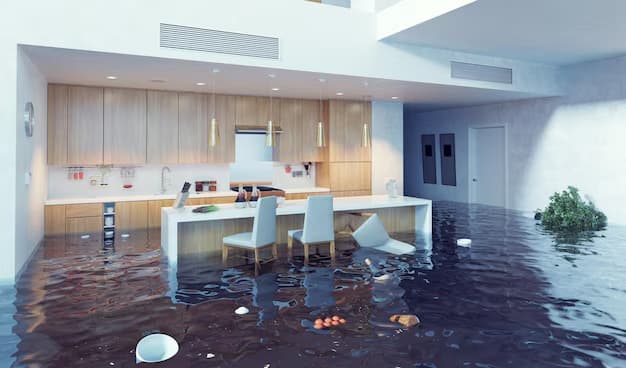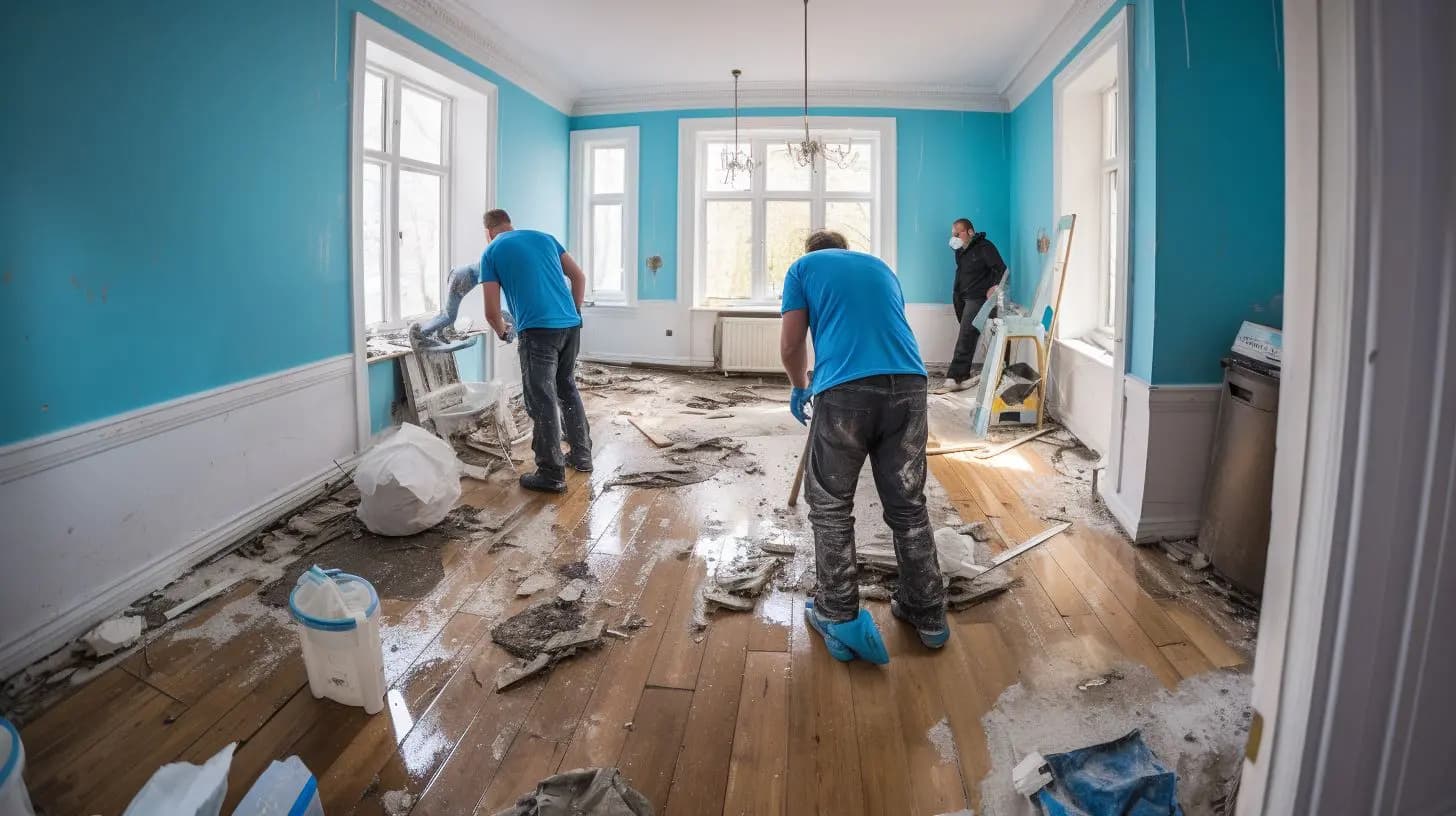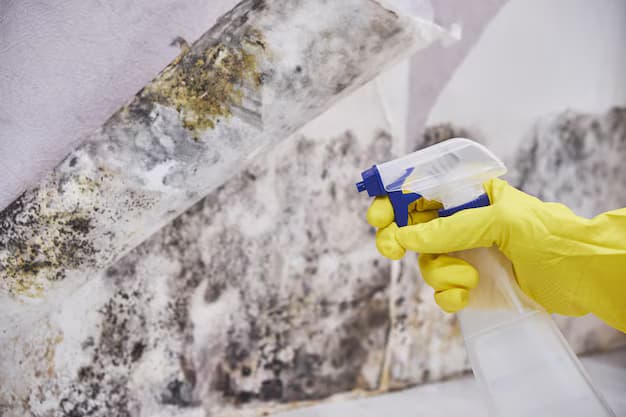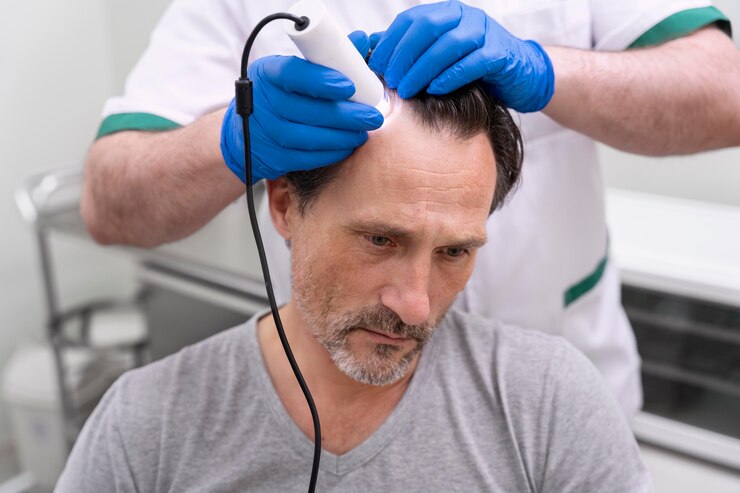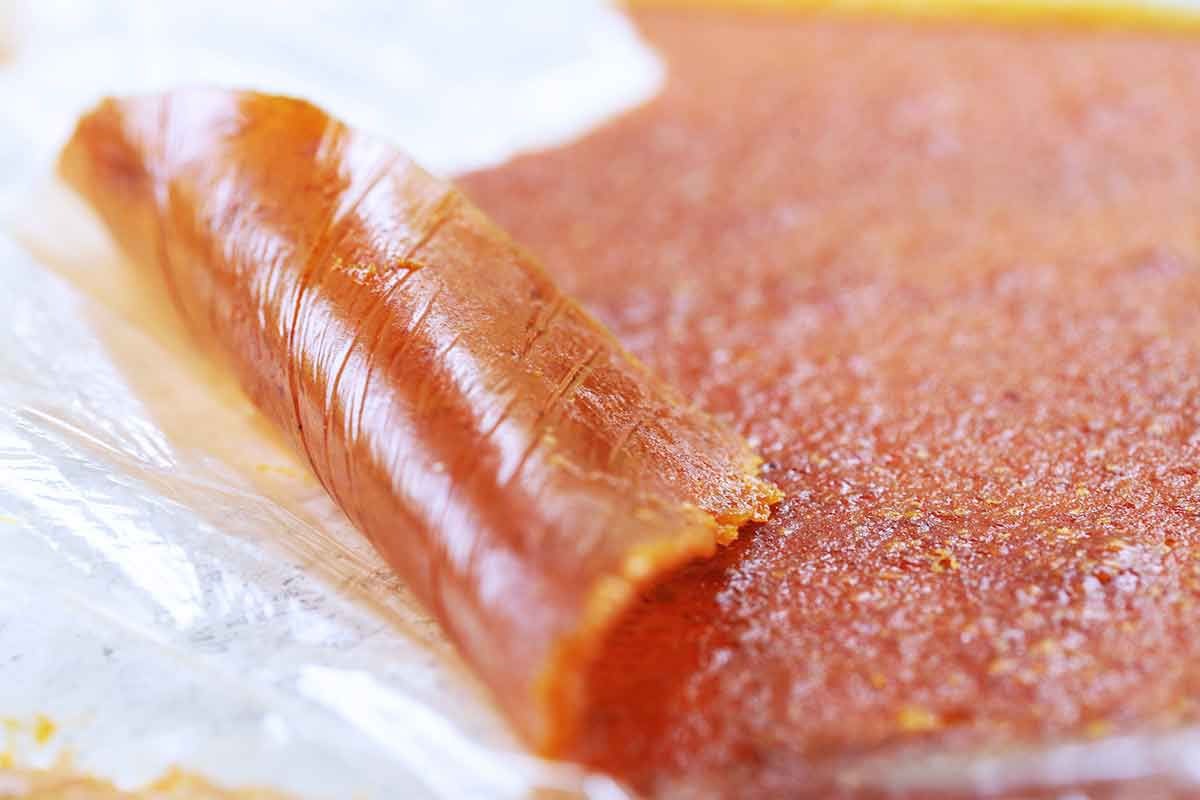Introduction
Water damage can have devastating effects on your property, leading not only to structural issues but also to the growth of mold, which poses health risks and can compromise indoor air quality. After experiencing water damage, it’s crucial to act swiftly and effectively to mitigate the risk of mold growth. This article provides a comprehensive guide on mold prevention strategies following water damage, offering practical tips and insights from experts.

Understanding Mold Growth
Mold is a type of fungus that thrives in moist environments. It reproduces through spores, which can easily spread through the air. For mold to grow, three key conditions must be met:Moisture: Mold needs water to grow, making water-damaged areas especially susceptible.Organic Material: Mold feeds on organic materials like wood, drywall, and fabric.Temperature: Mold thrives in warm temperatures, typically between 77°F and 86°F (25°C to 30°C).Understanding these factors is essential for implementing effective mold prevention strategies.
Immediate Actions After Water Damage
1. Assess the DamageImmediately after water damage occurs, assess the extent of the damage. Identify the source of the water, whether it be a leak, flood, or overflow, and determine which areas have been affected. This initial assessment will guide your next steps.2. Remove Standing WaterThe first and most critical step in preventing mold growth is to remove any standing water. Use pumps, wet vacuums, or buckets to remove as much water as possible. The quicker you act, the better your chances of preventing mold.3. Dry Out the AreaOnce standing water is removed, begin the drying process. Open windows and doors to enhance airflow, and use fans and dehumidifiers to circulate air and reduce humidity levels. Aim for a humidity level below 60% to inhibit mold growth. It’s essential to dry out affected areas within 24 to 48 hours.Detailed Mold Prevention Strategies4. Inspect and Replace Damaged MaterialsInspect all materials that have been affected by water damage. Any porous materials, such as carpets, insulation, or drywall, may need to be replaced if they have absorbed water. Mold can grow within these materials, making them difficult to salvage.5. Clean and Disinfect SurfacesUse a mixture of water and detergent to clean surfaces affected by water. Disinfecting agents, such as diluted bleach (1 cup of bleach to 1 gallon of water), can be used on non-porous surfaces. Ensure proper ventilation while cleaning, as bleach fumes can be harmful.6. Address Humidity ControlMonitor humidity levels in your home using a hygrometer. If humidity levels exceed 60%, consider using dehumidifiers to maintain optimal humidity levels. Ventilation systems can also help regulate moisture in the air.7. Improve VentilationEnsure adequate ventilation in areas prone to moisture, such as bathrooms, kitchens, and basements. Install exhaust fans or use open windows to allow moisture-laden air to escape. Proper airflow helps prevent moisture buildup.8. Seal Cracks and OpeningsInspect your property for any cracks or openings that could allow water to enter. Seal these gaps with caulk or weatherstripping to prevent future water intrusion.9. Utilize Mold-Resistant ProductsConsider using mold-resistant materials in your home. Mold-resistant drywall, paint, and insulation can help mitigate mold growth. These products are designed to withstand moisture and resist mold proliferation.10. Regular Maintenance ChecksConduct regular maintenance checks to identify potential sources of water damage. Inspect roofs, gutters, and plumbing systems, and promptly address any leaks or issues. Proactive maintenance can prevent water damage and mold growth.Educating Yourself and Others11. Know the Signs of Mold GrowthFamiliarize yourself with the signs of mold growth. Common indicators include:A musty odorVisible mold growth (green, black, or white patches)Water stains on walls or ceilingsIncreased allergy symptoms among residentsRecognizing these signs early can help you take swift action to address mold issues.12. Share Information with Household MembersEducate all household members about mold prevention strategies. Make sure everyone knows how to recognize signs of mold growth and understand the importance of maintaining a dry environment.
FAQs about Mold Prevention
Q1: How long does it take for mold to grow after water damage?Mold can begin to grow within 24 to 48 hours after water damage occurs if the affected area is not dried properly.Q2: Can I remove mold myself?Small areas of mold can often be cleaned with soap and water or a bleach solution. However, for extensive mold growth, it’s advisable to consult a professional.Q3: How can I tell if my home has hidden mold?Look for signs such as persistent musty odors, water stains, or visible mold on walls and ceilings. Consider hiring a professional inspector if you suspect hidden mold.Q4: What should I do if I find mold?If you find mold, take immediate action to contain the area and prevent further exposure. Clean small patches yourself or contact a professional for larger infestations.Q5: How can I prevent mold in my basement?Keep your basement dry by using dehumidifiers, sealing cracks, and ensuring proper ventilation. Regularly inspect for leaks and address any water intrusion promptly.
Conclusion
Preventing mold after water damage requires prompt action and a proactive approach. By following these expert tips and strategies, homeowners can significantly reduce the risk of mold growth and protect their properties and health. Always remember that if water damage is extensive or if mold growth is severe, it’s wise to consult professionals specializing in water damage restoration near me and mold remediation. Taking these precautions will ensure a safer, healthier living environment for you and your family.



